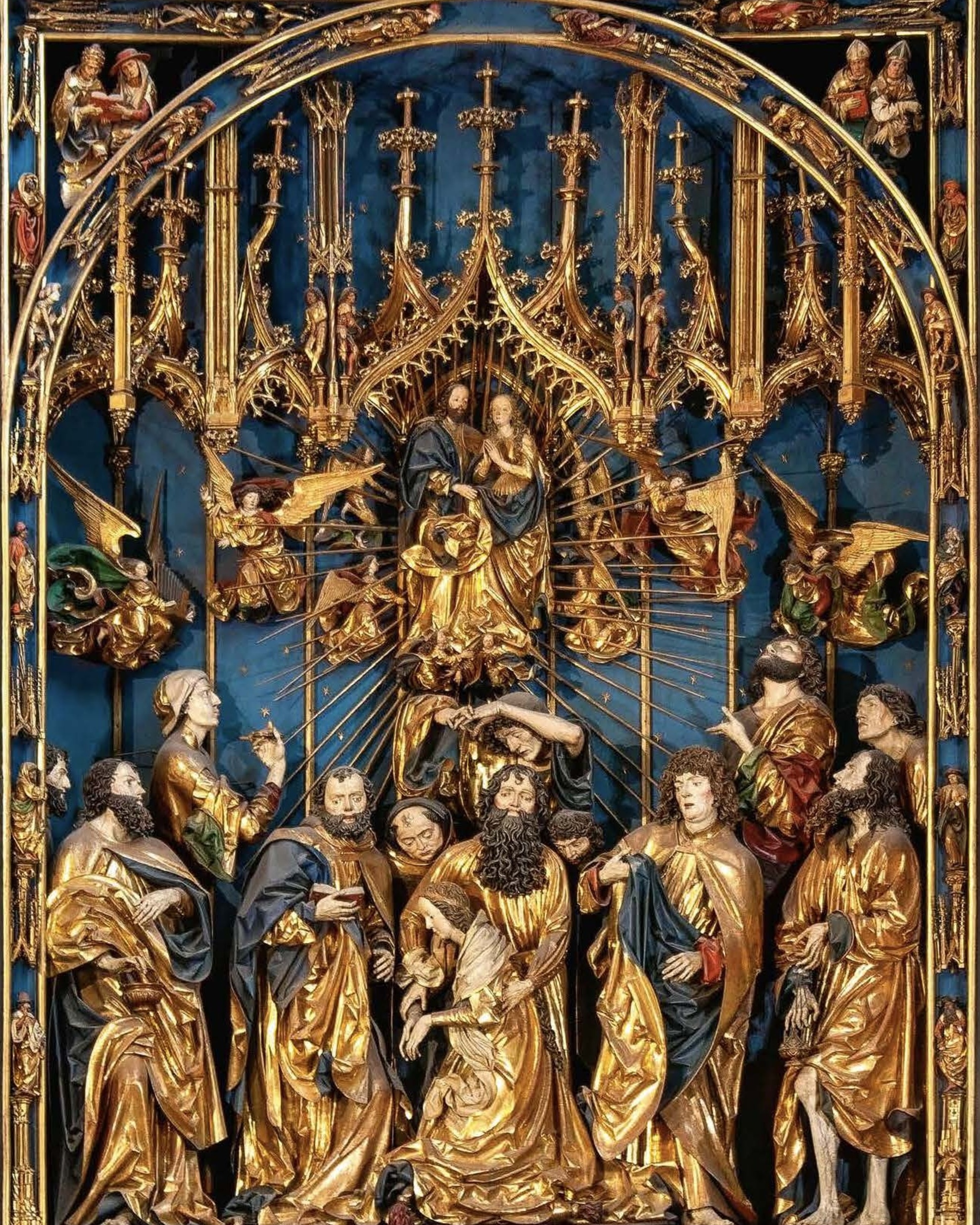
The Polychrome Altar and the Unpainted Saint
THE POLYCHROME ALTAR AND THE UNPAINTED SAINT
Giorgio AnteiThe handsome, carved hardwood statue of St. Roch has never left the church of the Annunziata in Florence; but for the twists of history, though, it could very well have been transported outside the borders of Tuscany and even of Italy. During WWII, many other artworks, in Florence and elsewhere, were being sent to Germany for a planned museum that would overshadow both the Louvre and the Uffizi: the Führermuseum in Hitler’s hometown of Linz. A 1933 exhibition in Nuremberg reminded the Germans of the artistry of Veit Stoss (1447-1533), who had carved that St. Roch. The war came, the Wehrmacht, SS, and Gestapo occupied Poland and Italy, and many of Stoss’ creations were stolen: the altarpiece of the church of St. Mary in Krakow most notably. But the St. Roch carved by Stoss – which had been praised by Vasari – remained in its niche. Giorgio Antei wonders why and formulates a theory.






